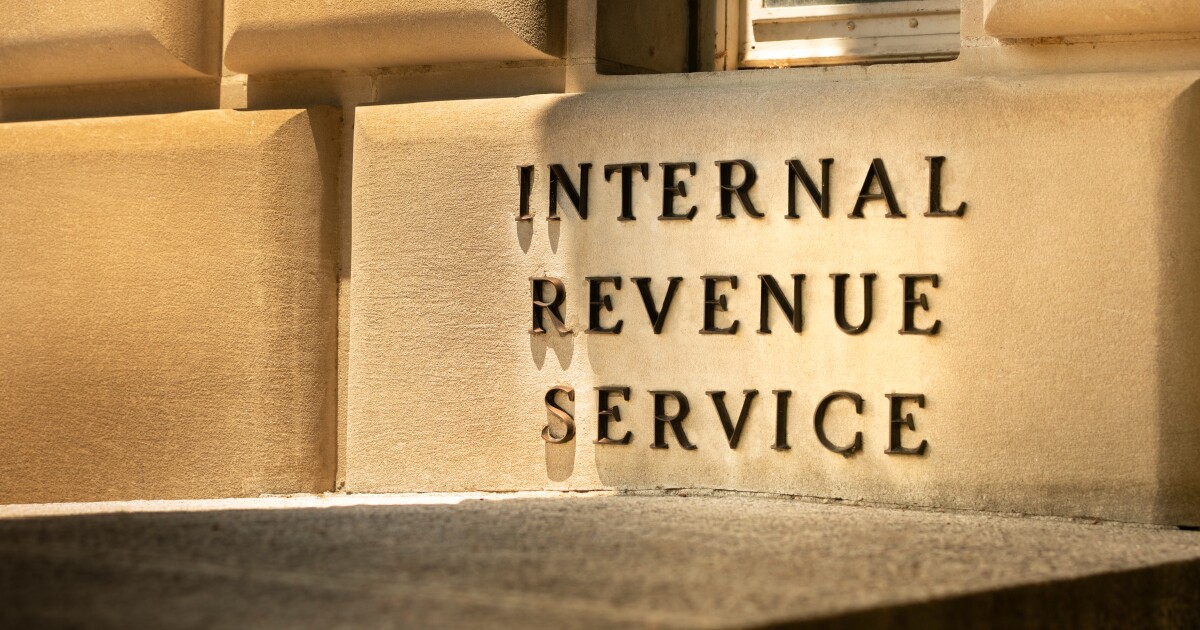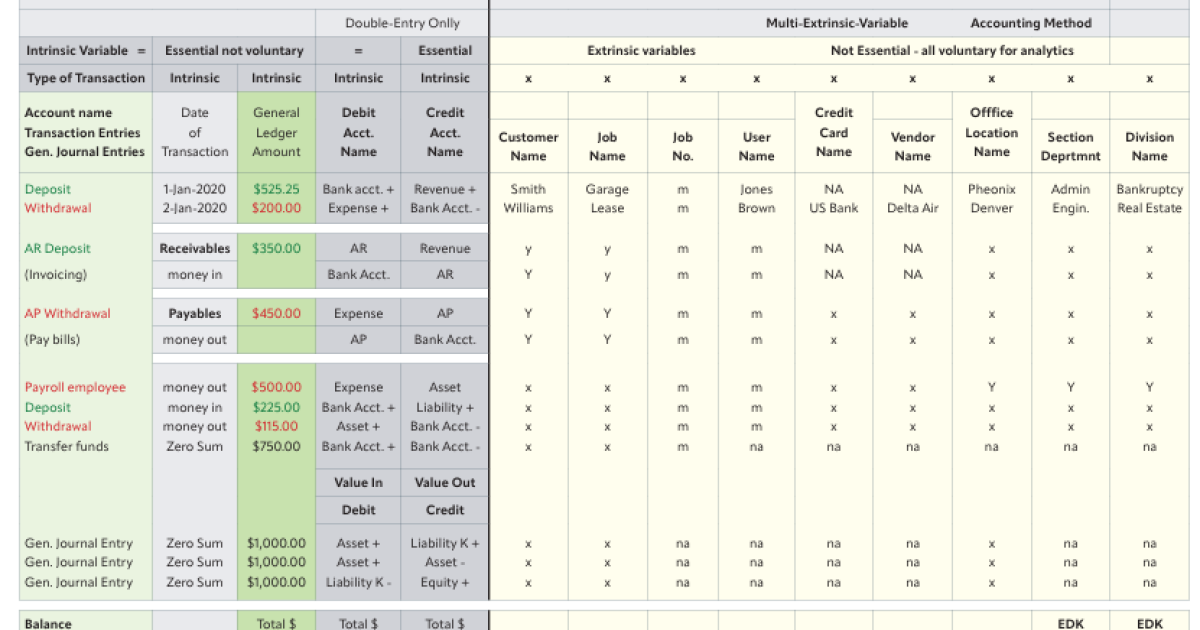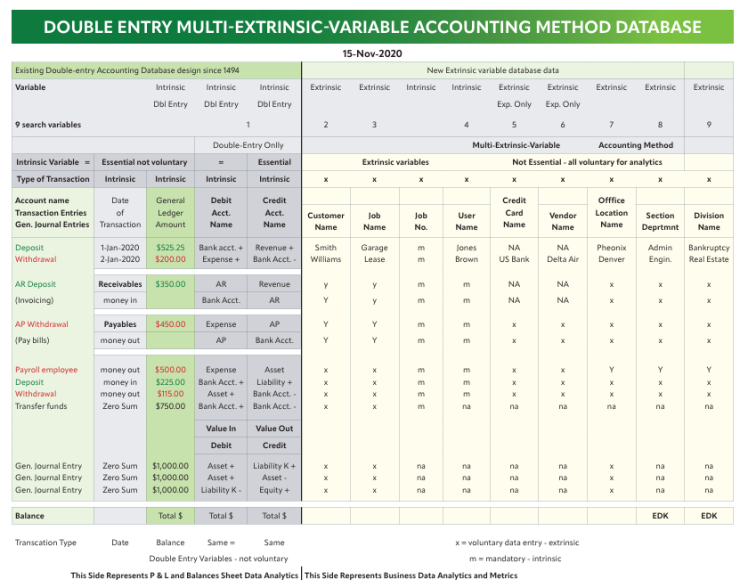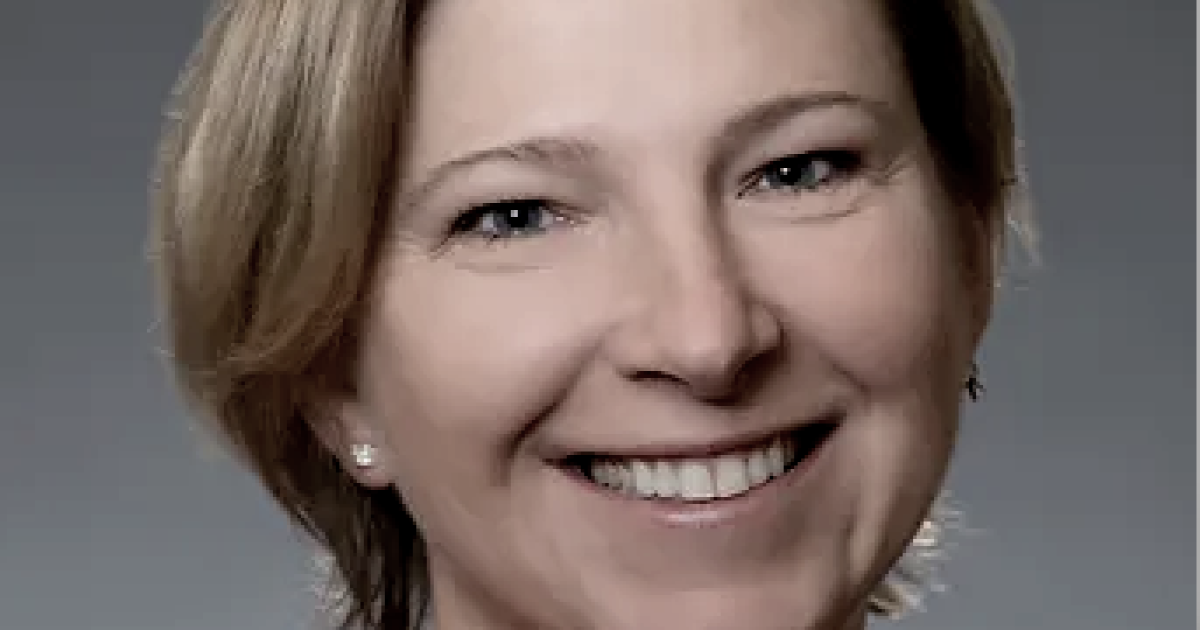The Internal Revenue Service makes paid preparers who submit a return that claims the Earned Income Tax Credit, the American Opportunity Tax Credit and others (and one filing status) perform documented due diligence. Preparers don’t seem to mind, though they do freely acknowledge that the fees for non-compliance can snowball fast.
Are clients as accepting about the added work, time and fees? Not always.
“Clients were a bit annoyed by the extra questions and paperwork,” said Larry Pon, a CPA in Redwood City, California. “These questions are included in the organizer, and all of them need to be reviewed and documented. We’re telling clients the IRS requires tax professionals to perform due diligence.”
Extra due diligence “definitely added a layer of complexity” to last season, said Paul Miller, a CPA and managing partner at Miller & Company in New York. “Not impossible but time-consuming, especially with the documentation and follow-up some clients required. Our team focused on clear communication. We told clients, ‘This isn’t about not trusting you. It’s about protecting both of us.’ When clients understand the ‘why,’ they’re usually more cooperative.”
“We require the clients to sign the 8867 (the due diligence questionnaire),” added Morris Armstrong, an Enrolled Agent and registered investment advisor at Armstrong Financial Strategies in Cheshire, Connecticut.
Armstrong’s firm has added client requirements such as birth certificates of all children, certificates of marriage and divorce, death certificates, and other verification that the child resides with the claimant.
“In the old days we could say, ‘We’ve known this person for 10 years’ or ‘That is my child,'” Armstrong said. “That does not fly any longer.”
“The IRS has made it clear that due diligence is non-negotiable,” Miller added.
‘Not explicitly defined’
“Due diligence is a concept included in multiple sets of professional standards to which professionals providing tax services are subject. Yet the term ‘due diligence’ is not explicitly defined in these standards,” reads the AICPA & CIMA page for the downloadable “Due Diligence in Tax Services Practice Guide.”
“I warn fellow tax professionals of the consequences besides just the preparer penalties,” Pon said. “The IRS can exclude the tax professional from the e-filing program, refer them to the Office of Professional Responsibility or even to IRS Criminal Investigation. The IRS can audit all their clients’ tax returns for errors [when] claiming tax breaks.”
Tax preparers can, of course, incur a penalty if they fail to comply with due diligence requirements as prescribed by IRC 6695(g).
“Anyone who prepares a return for a client is responsible [for understanding] the client’s facts and circumstances,” said Miklos Ringbauer, founder of MiklosCPA in Southern California. “This is where client questionnaires, collecting supporting documentation and following established procedures are vital for all preparers to determine eligibility for credits.”
The credits in question are the EITC, the Child Tax Credit, the Additional Child Tax Credit, the Credit for Other Dependents (the ODC) and the AOTC. Due diligence is also required for head-of-household filing status.
Paid preparers must:
- Complete Form 8867 and the Computation Worksheet in 1040 instructions;
- Have no knowledge or reason to know that the information used for any credit is incorrect; and,
- Retain a copy of each Completed Worksheet and supporting records for three years.
- Employers of preparers can also be penalized for improper due diligence.
“Ask adequate questions,” the IRS says in part six of the 8867. (Common errors, the service says in Paid Preparer Due Diligence (more than just a check mark on a form), include credits claimed for a child who is not a qualifying child or who does not have a valid Social Security number; claiming the EITC when married; and incorrectly reporting income or expenses, among others.)
Extra steps — which most preparers charge for either by the hour or by the overall complexity of the return — are necessary to explain to the taxpayer that it’s for their own benefit to prove eligibility during an audit, Ringbauer said.
“Preparing Form 8867 does take additional time and is an added responsibility on the preparer,” Ringbauer said, adding that taking any unallowed credit may result in barring the taxpayer from future ability to claim the credit.
What is defined is the fine for each violation: $635 currently, indexed for inflation each year.
“Steep, especially for smaller firms or solo practitioners who may not have a compliance officer double-checking every return,” Miller said. “But it has gotten people’s attention.”
“If you’re unfortunate to have all four on a return, that’s $2,540 in fines — and a likely audit of your other returns and fines applied,” Armstrong said. “Bear in mind that the return could be 100% correct. It is our recordkeeping that’s being questioned.”
“While the penalty may seem high to some preparers, it is an example as to why many tax professionals should properly charge fees and understand their professional duties and liabilities,” Ringbauer said, adding that his firm has seen incomplete 8867s filled out by prior preparers.
“If the goal is to promote accountability, it’s working,” Miller said. “I think more proactive education from the IRS would go further than penalties alone.”
No IRS mistakes
Earlier this year, Pon got a call from a tax pro who’d gone through a due diligence audit with the IRS.
“The IRS asked to look at 25 of his tax returns,” Pon said. “The agent reviewed those returns and discovered 44 errors of due diligence for 2023 [when the] preparer penalty was $600 per failure: $26,400. I went through each of the tax returns and, unfortunately, was not able to find any mistakes made by the IRS agent.”
Form 8867 was updated last November, “and the instructions are very clear on what needs to be documented,” Pon said. “You have to document the knowledge requirement and the backup that the taxpayer qualified for these tax breaks. This documentation had to be contemporaneous.”
Armstrong set up his software to disallow an e-file if the due diligence questions are not answered. “The questions themselves could be better written, and I think some are double negatives,” he added.
“Taxpayers feel that we are intrusive, and we advise them that it’s required and that we must document the answers,” Armstrong said. “I don’t ask for all documents for repeat clients but keep the documents in a folder called ‘DD,’ which is in the client’s folder.”
The biggest misconception among clients, Miller said, has been that due diligence is optional or “just a checklist. Some people think if they’ve answered the questions verbally, that’s enough. But it’s not just about asking — it’s about documenting responses, keeping records and being able to show the IRS a full paper trail.”
“This is something we have to inform our clients about and increase the fees accordingly,” Pon added.
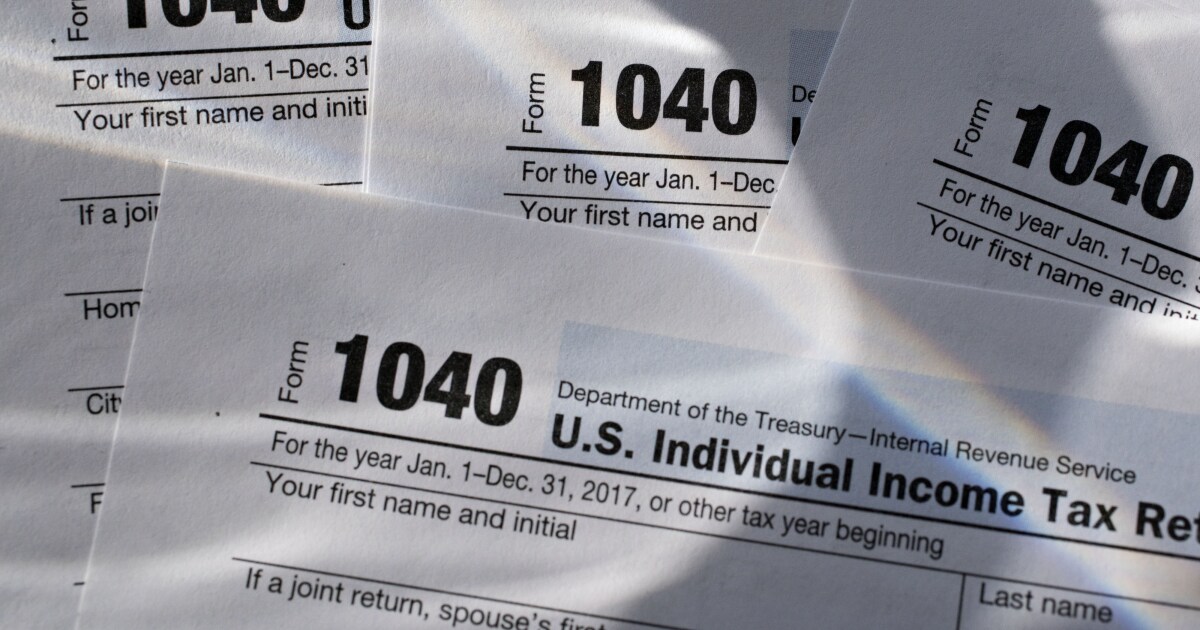

 Accounting6 days ago
Accounting6 days ago
 Economics1 week ago
Economics1 week ago
 Personal Finance6 days ago
Personal Finance6 days ago
 Accounting6 days ago
Accounting6 days ago
 Finance6 days ago
Finance6 days ago
 Economics1 week ago
Economics1 week ago
 Economics7 days ago
Economics7 days ago
 Economics7 days ago
Economics7 days ago

